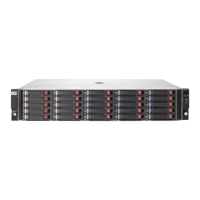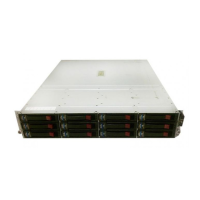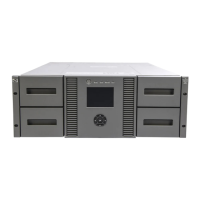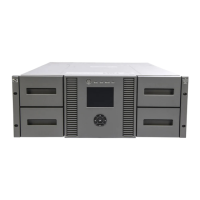Design specification
During the planning process, create a specification that describes your decisions and design. Review
and evaluate the design, compare alternatives, make adjustments, and communicate plans before
implementation.
A complete design specification includes the following elements:
• Topology map—Shows the logical SAN topology and fabric interconnect scheme; describes a
strategy to accommodate expansion and technological advances
• Configuration layout—Shows the physical layout of components; use for troubleshooting and to
verify the correct connectivity
• Storage map—Defines the storage system configuration and settings, such as host LUN allocation
and RAID levels
• Zoning map—Defines the communication access settings for devices and user ports in the SAN
SAN topology
This section describes SAN features for enterprise-level SANs:
• Multi-fabric SANs, page 418
• Failover protection, page 418
• Data access patterns, page 418
• ISL ratio, page 419
• Incremental SAN expansion, page 419
Multi-fabric SANs
HP recommends using two or more separate fabrics for enterprise-level SANs. Multiple fabrics protect
against potential failure points, such as hardware, software, or operator error. The failure of one
fabric does not affect other fabrics in the SAN.
Failover protection
Use failover technology in SAN configurations that have two or more fabrics. Each server has two or
more HBAs. If the communication path from one HBA to the storage system fails, the I/O traffic is
rerouted through the other HBA.
To minimize the risk of uneven workloads, configure the separate fabrics for similar size and topology.
You can also use failover protection in SANs with only one fabric to protect against HBA, path, and
storage controller failures. For more information, see “Data availability” on page 53.
Data access patterns
Review your data access needs before making a topology choice. The optimum SAN configuration
depends on I/O traffic requirements and data access patterns:
• Local (one-to-one)—Data access between a local server and a storage system connected to the
same switch
• Centralized (many-to-one)—Data access between multiple, dispersed servers and one centrally
located storage system
Best practices418

